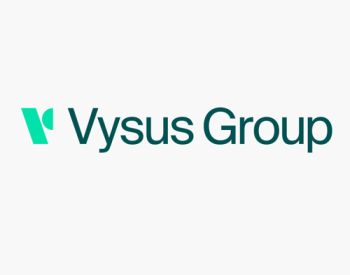Client
KOTUG International
Asset
Three tugs
Result
Possible savings of $1.45M per vessel (main US$995,477 and auxiliary engines US$450,000) over the remaining estimated 20 year life of the vessels
Client challenge
Our client, KOTUG International, is a leading towage services provider based in the Netherlands with a fleet of 50+ tugs across the globe. They required a maintenance optimisation review (post adaptation) of a condition monitoring program for three main propulsion and three auxiliary engines for one of their towing services. The scope included three identical vessels.
How we helped
We tested a maintenance optimisation strategy that would help KOTUG optimise their interventions and component replacements, by looking for opportunities to replace interventions by condition monitoring tasks and supporting the implementation of an MPMS (CM) Class maintenance notation with a formalised condition monitoring strategy.
We carried out failure mode and effects analysis (FMEA) for each engine type that formed the basis for the optimisation analysis with a defined boundary. Using a Reliability Centred Maintenance (RCM) approach, we assigned current mitigations against the FMEA’s failure modes. We also conducted a high-level quality review and gap analysis of KOTUG’s Computerised Maintenance Management System (CMMS) maintenance to identify any missing mitigations as well as identifying overlaps or duplications. An analysis of the Work Order history, including class and vendor reports, was carried out to determine in-service failure rates as well as for validation of the failure modes in the FMEA.
The maintenance cost, including the cost of failures, was then defined based on the clients actual cost and budget estimates. This cost included lost revenue, labour, material and any cost associated with the mitigation.
The validated FMEA, mitigations, cost of mitigations, cost of failures and calculated failure rates was uploaded into optimisation software to complete the maintenance optimisation review.
Powerful results
The quality review of the CMMS highlighted several areas where there were overlaps or gaps in the current maintenance regime, indicating that the CMMS setup could be vastly improved by further, detailed root and branch review.
By implementing the results of the maintenance optimisation and quality review within the CMMS, our client could make quality improvements in their CMMS and, as well as having laid the ground work for the implementation of a Class maintenance CM notation potentially making a savings of $1.45M per vessel (main US$995,477 and auxiliary engines US$450,000) over the remaining estimated 20 year life of the vessels.
A move to Class MMS (CM) notation has a number of benefits for vessel owners and operators which may not be fully understood or appreciated:
- Optimise (reduce or increase) maintenance / manhours / spares cost
- Reduce downtime and increase equipment availability / reliability
- Reduce human factors in interventions adapting on demand component replacement.
- Increase “Data Driven” analysis and decision making
- Forms the basis for transition from Condition Based Maintenance to Risk Based Maintenance
Not having this properly implemented and documented will erode the potential benefits highlighted in the program.
$1.45M
Our client could make quality improvements in their CMMS and, as well as having laid the ground work for the implementation of a Class maintenance CM notation potentially making a savings of $1.45M per vessel over the remaining estimated 20 year life of the vessels.


